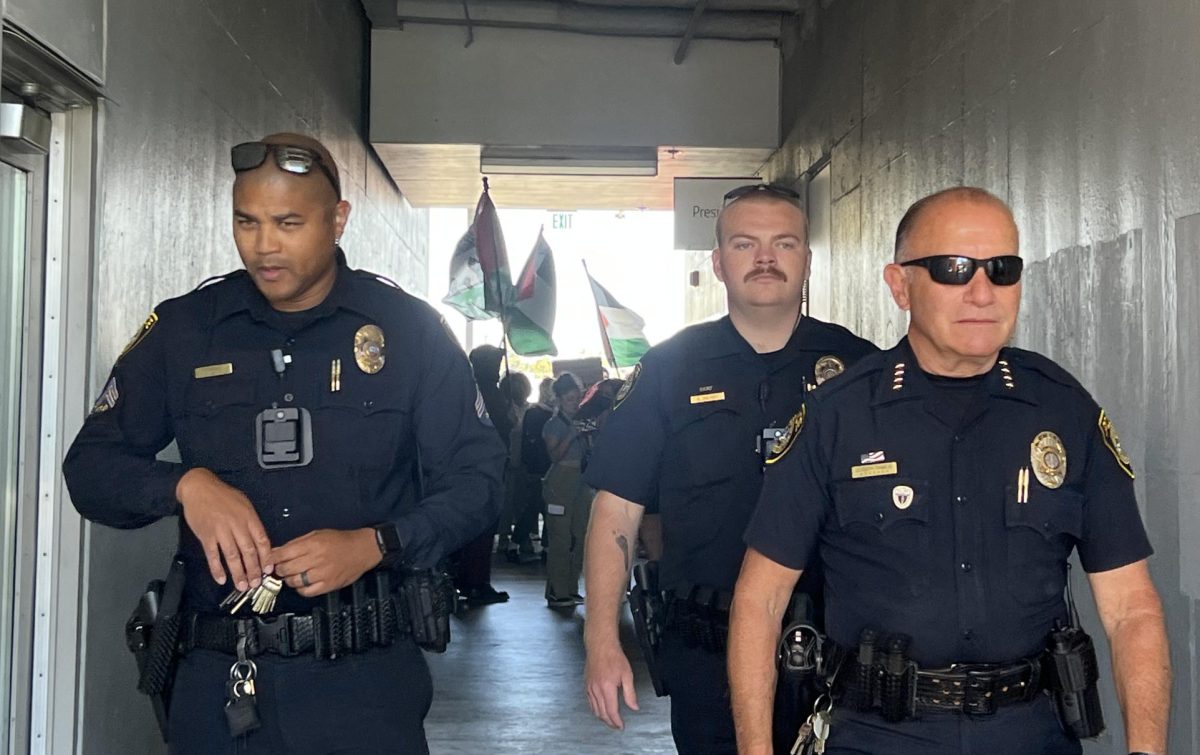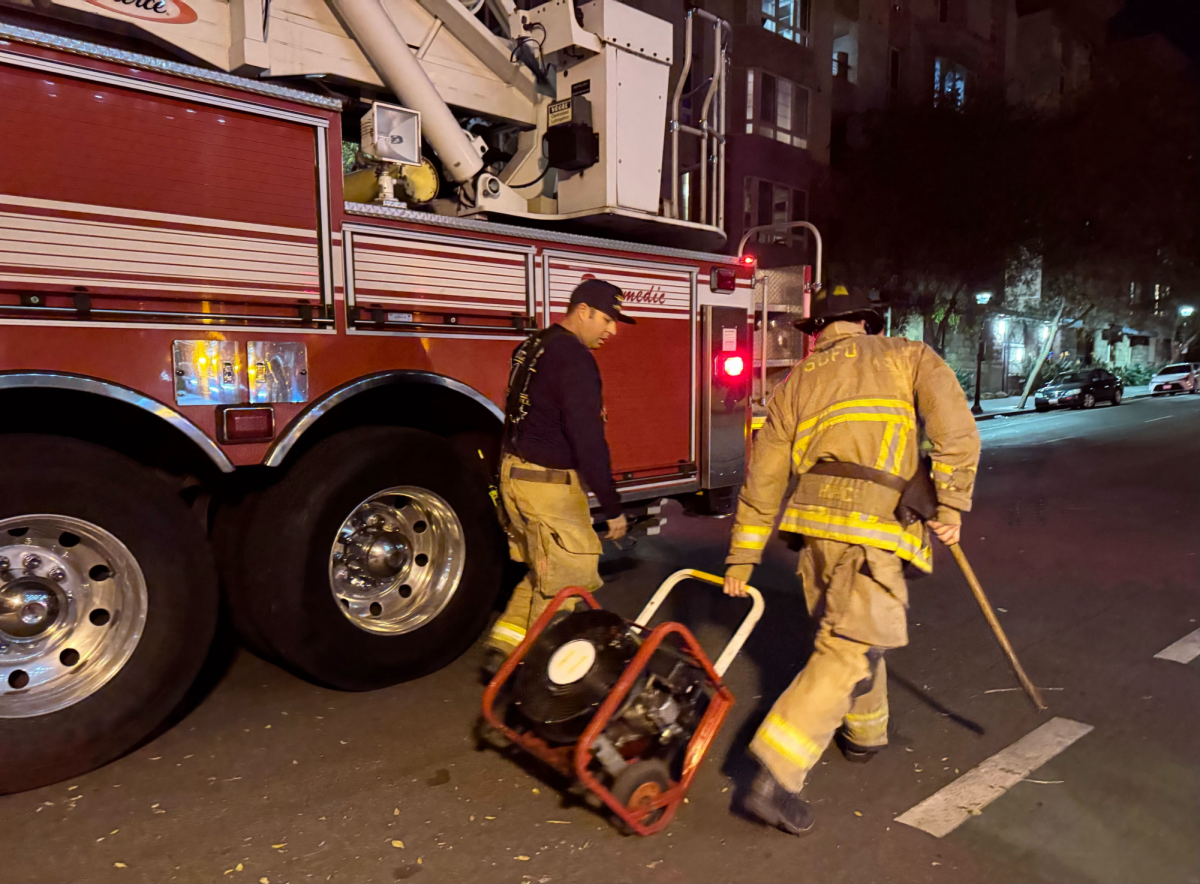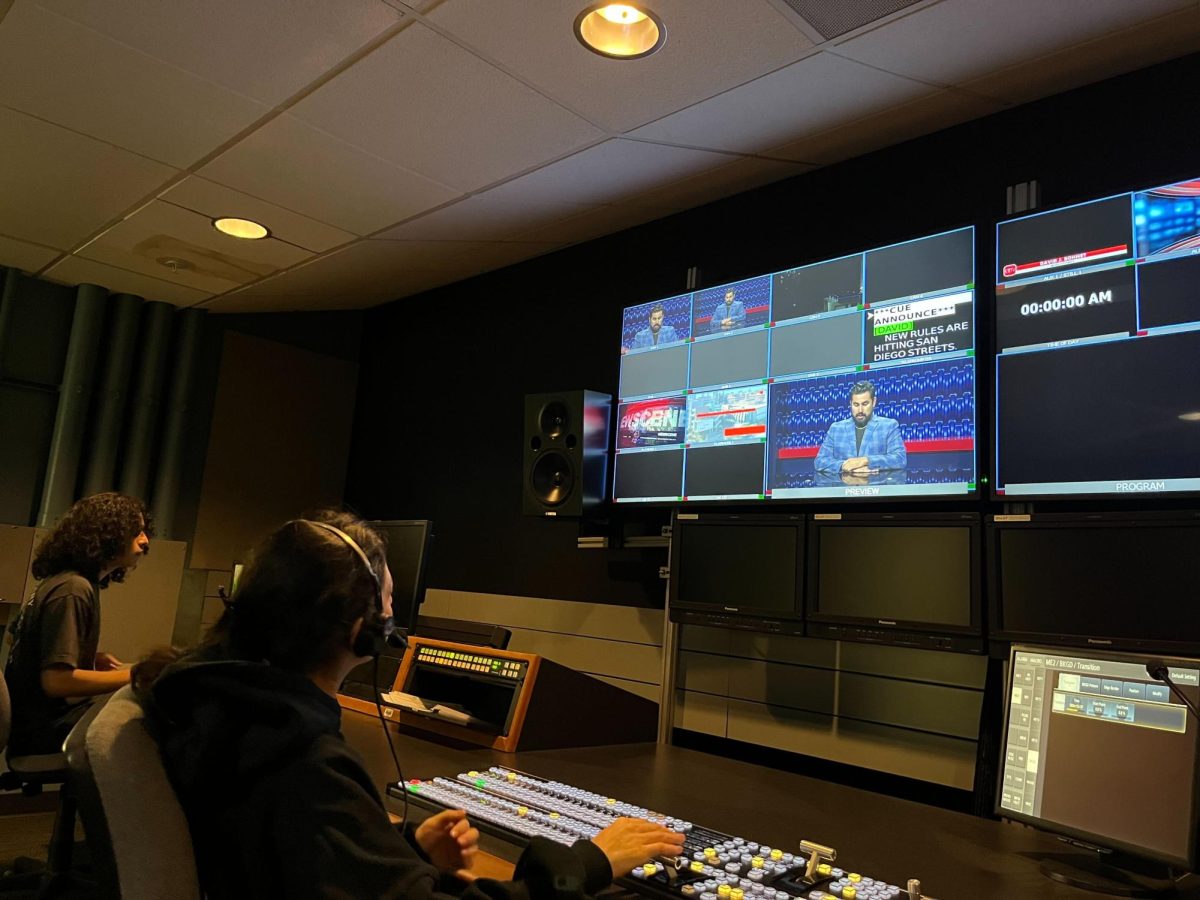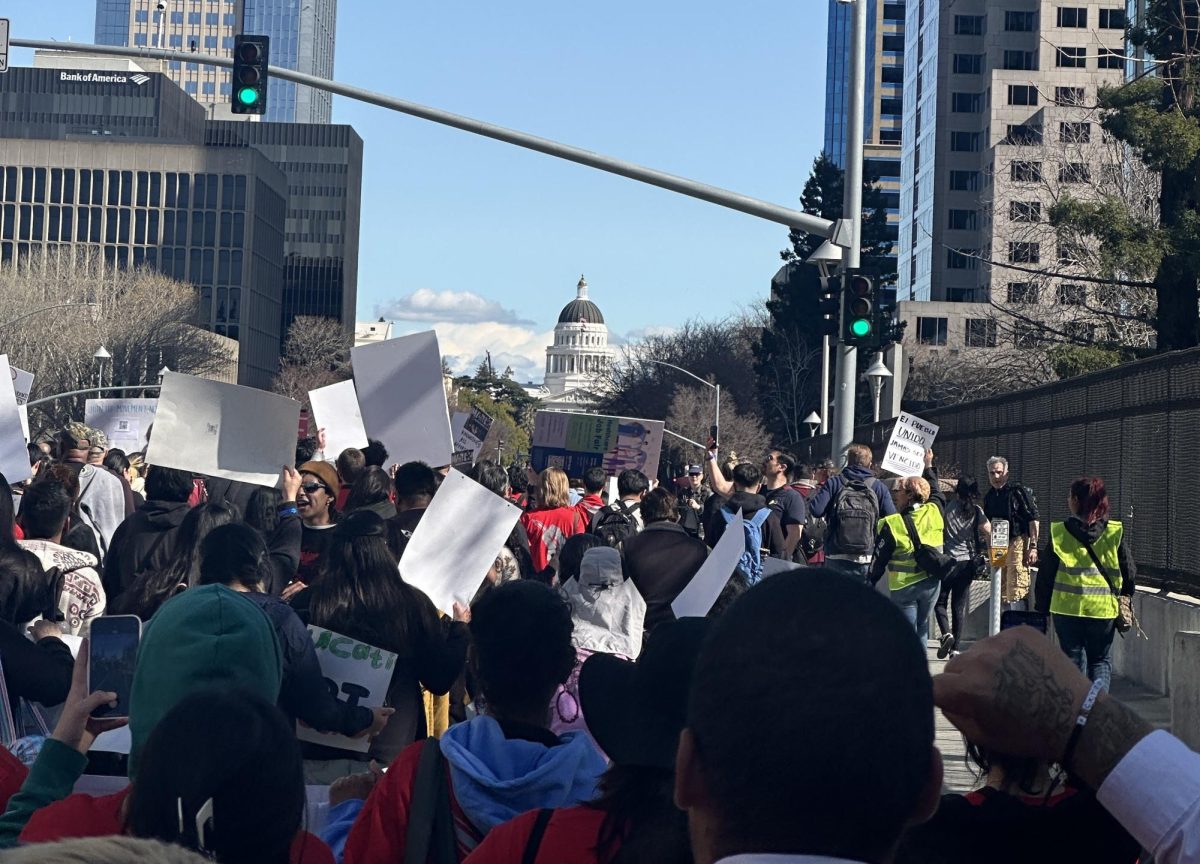Theresa Avila
UCLA Daily Bruin
LOS ANGELES (U-WIRE) – The shooting Feb. 14 at Northern Illinois University has sparked debate over the various causes of mass violence in today’s culture: causes that can include mental health and media coverage, said Douglas Kellner, professor of education.
In his new book, “Guys and Guns Amok: Domestic Terrorism and School Shootings from the Oklahoma City Bombings to the Virginia Tech Massacre,” Kellner explores the complex nature of mass violence and the factors that may foster such behavior.
Kellner argues that deadly episodes are the result of the explosion of violence and its glorification in the media, coupled with an identity and hypermasculinity crisis where men feel the need to prove their masculinity.
After World War II, men were seen as heroes, with the role of a soldier seen as an honorable position. The transition from being a soldier and a hero to a blue-collar worker led some to experience an identity crisis. “Men are not able to fulfill a lot of the traditional roles,” Kellner said. “This is a real crisis for men.”
While the motives behind school shootings often remain unsolved, one of the contributing factors can also be bullying.
Professor Sandra Graham of the Graduate School of Education and Information studies conducts research on bullying. She said incidents such as the Oxnard shooting, where a 15-year-old boy was shot and killed, occur because there is a lack of acceptance on campuses.
“(There’s a) lack of tolerance for difference. They are not only intolerant. They are actively retaliating against individuals who are different,” Graham said.
While some victims of bullying might be the victims in shootings, it is not uncommon for them to be the perpetrators.
“Sometimes it’s triggered off by bullying or being called gay and they have to prove that they’re men. Students are so alienated that they want to be something,” Kellner said. As bullying progresses, some victims may become reclusive, while others might become outwardly aggressive and retaliate against their perceived enemies, Graham said.
Cho Seung Hui, the gunman at Virginia Tech who killed 32 people, reportedly left behind a note in his dorm, in which he raged against rich students.
In 2005, Cho was declared mentally ill by a Virginia special justice who cited Cho as being an imminent threat to himself.
While some psychiatrists have cited mental illness as a possible explanation to the violence seen on campuses, Kellner said it is too simple of an answer.
“A lot of people have mental health problems, usually there’s a multiplicity of causes,” Kellner said.
Dr. Anandhi Narasimhan, a specialist in adult, adolescent and child psychiatry, said the underlying causes of such violent acts are multifactorial and can be hard to pinpoint because of the lack of research in the area.







